Unseen Las Vegas: Life Beneath the Strip
Las Vegas is a city synonymous with vibrant nightlife, casinos, and extravagant entertainment. But beneath the flashing lights and glamour, an entirely different world exists. Hidden from tourists and the city’s endless festivities, hundreds of people make their homes in tunnels deep below the bustling Strip. These underground communities have become a stark symbol of the broader homelessness crisis facing the city and reflect unique challenges and resilience.
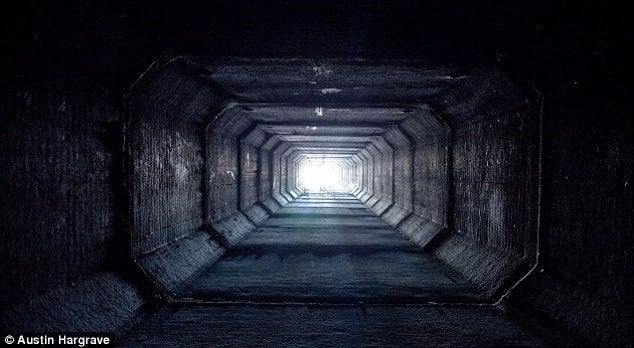
The Origins of Las Vegas’ Tunnel Communities
Although Las Vegas’s underground dwellings reached public awareness in 2002 following a highly publicized police manhunt, the city’s intricate storm drain system dates back to the 1990s. Built to protect the Strip from flash floods, these concrete tunnels inadvertently became havens for a hidden population.
The people who reside here aren’t criminals-they are individuals facing severe hardships. Many ended up underground after experiencing traumatic events, ongoing mental health struggles, or life-altering setbacks. Author Matthew O’Brien, who chronicled this world in his book “Beneath the Neon,” emphasizes that homelessness often results from deep-rooted issues, such as mental illness or trauma, with substance misuse often serving as a coping mechanism rather than a direct cause.
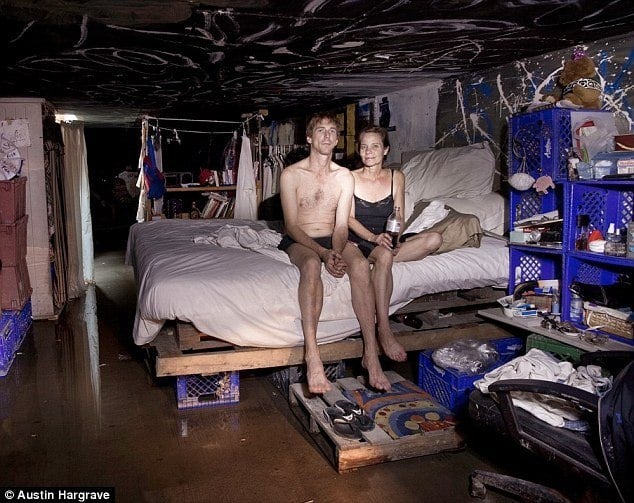
Over the years, those seeking shelter beneath the Strip have formed tight-knit communities. In the absence of meaningful city intervention, these underground dwellers have developed their own social structures and rules for survival.
Who Lives in the Tunnels and Why?
The people finding refuge in the tunnels come from varied backgrounds, but all share stories marked by misfortune:
- Military veterans grappling with post-traumatic stress
- Individuals who lost employment or support networks
- People struggling with addictions heightened by proximity to casinos
Some hold meager jobs unable to cover basic living costs, while others are unemployed, relying on odd jobs or salvaging coins from slot machines. Descending into the tunnels is often a last resort after other options have failed.
Life underground is fraught with risks. Residents must strategically arrange their few possessions to avoid damage during sudden floods, as these tunnels’ primary purpose is to channel stormwater. Because of this, the tunnel population fluctuates seasonally, but estimates suggest anywhere from 200 to 300 people may live underground at any time.
Initiatives to Support Tunnel Residents
Journalist and advocate Matthew O’Brien was first drawn into the tunnel world while researching notorious crime stories but became dedicated to supporting residents through direct action. He founded the Shine a Light Foundation, focusing on helping the city’s underground homeless population.
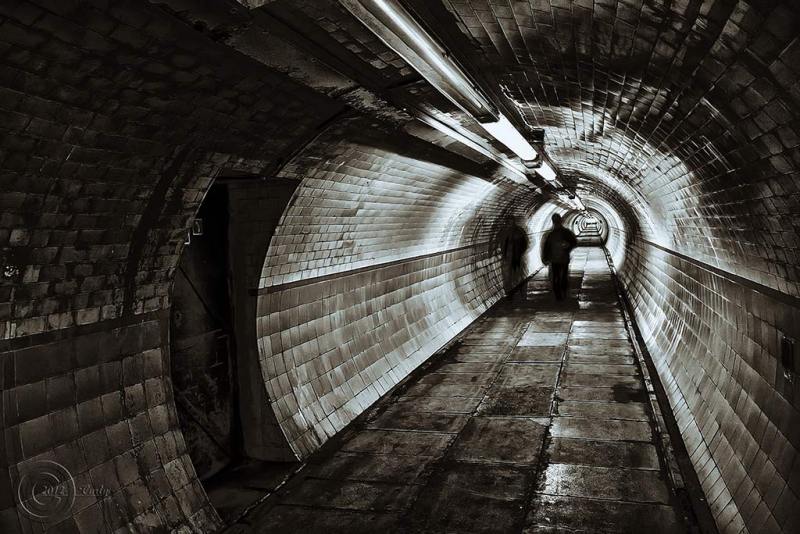
Shine a Light provides critical services, including:
- Transitional housing
- Drug counseling
- Job training and access to education (such as GED programs)
- Basic supplies like water, food, socks, and flashlights
Addiction remains a persistent challenge in these tunnels, though O’Brien notes that large-scale drug dealing is uncommon compared to what the public may believe. His foundation, in collaboration with organizations such as HELP, works to connect individuals with housing and substance abuse programs.
Current Status: Homelessness in Las Vegas
In recent years, homelessness in Las Vegas has remained a significant issue. A 2017 report placed Las Vegas among the top ten U.S. cities with the largest homeless populations, estimating roughly 6,490 homeless individuals in the city-a rise from the previous year.
Local authorities and nonprofit groups have worked for years to offer shelter and resources. Initiatives modeled on successful projects from other states, such as Haven for Hope in Texas, aim to provide accessible services including:
- Security and monitoring
- Portable restrooms and showers
- Shaded communal spaces
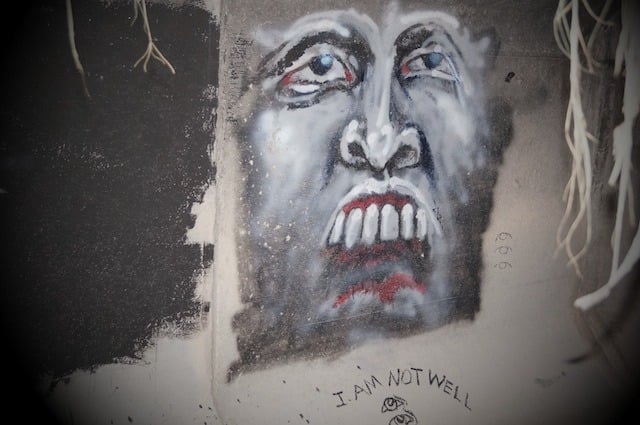
A number of organizations play essential roles:
- Family Promise of Las Vegas supports homeless families.
- Las Vegas Rescue Mission offers food, shelter, and rehabilitation.
- Catholic Charities of Southern Nevada provides comprehensive social services, food, senior support, and emergency housing.
- The Shade Tree offers a safe haven for women and children in crisis.
Despite these efforts, advocates like O’Brien assert that the help available still falls short, particularly for those struggling with the city’s high cost of living.
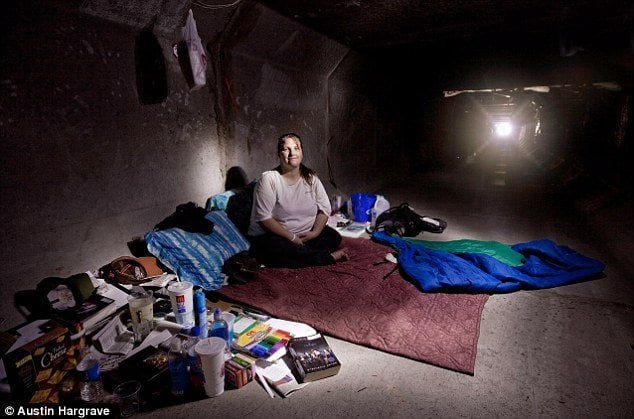
Why Many Turn to the Tunnels Instead of Shelters
For many, shelters aren’t a viable solution due to a range of barriers:
- No-pet policies: Many shelters do not allow pets, separating people from their only companions.
- Family restrictions: Married or partnered couples may not be admitted together.
- Limited beds: Shelters often fill up quickly, turning people away if they cannot join early queues-difficult for those working odd hours.
- Sobriety requirements: Individuals struggling with substance use may be denied access.
Other issues with shelters include risk of theft, the threat of contagious illnesses, insufficient ventilation, and in some cases, reports of assault. For some, the isolation and rules of tunnel life are preferable to the dangers and uncertainties of city shelters.
Despite harsh tunnel conditions-threats of flooding, darkness, and pests like spiders-residents claim a sense of community and mutual support. O’Brien describes unspoken codes among tunnel residents, like respecting personal spaces and keeping the living areas clean. While plenty of dangers exist, many see tunnel life as safer and healthier than some alternatives above ground.
Shifting Numbers, Enduring Challenges
Not everyone experiencing homelessness in Las Vegas chooses to live in tunnels, but for a significant number, these spaces represent their last chance at safety, privacy, and some sense of belonging. The number of homeless families has dropped significantly-from nearly 2,000 in 2008 to 300 in 2017-reflecting progress, but challenges persist for single adults and individuals with complex needs.
For many, surviving beneath the city is about adapting to their circumstances and finding community where few others look. As Las Vegas continues to grapple with high housing costs and unemployment, the city’s tunnels will likely remain a refuge for those with nowhere else to go, serving as a stark reminder of the city’s hidden struggles-and the resilience of those who live below the neon lights.













